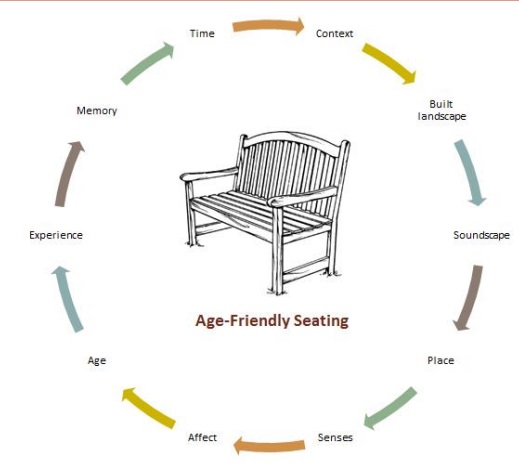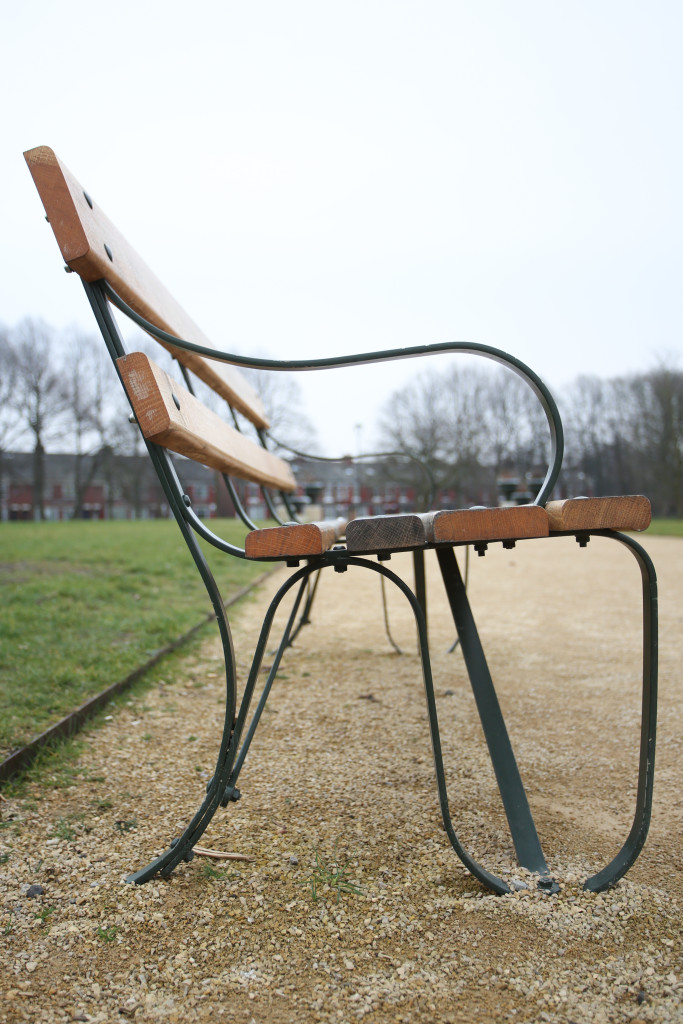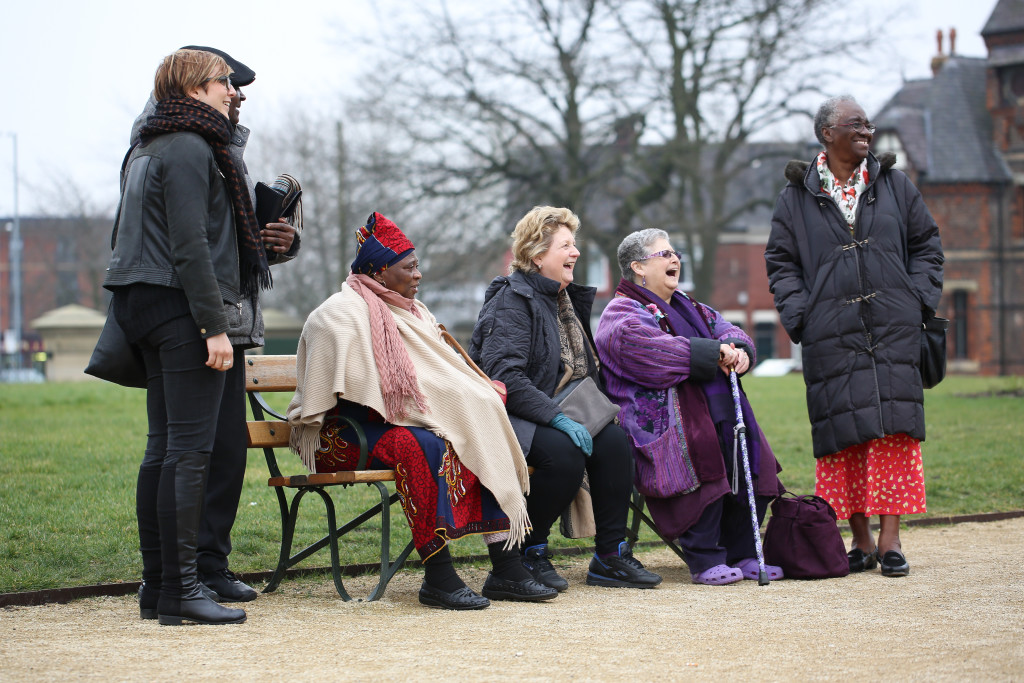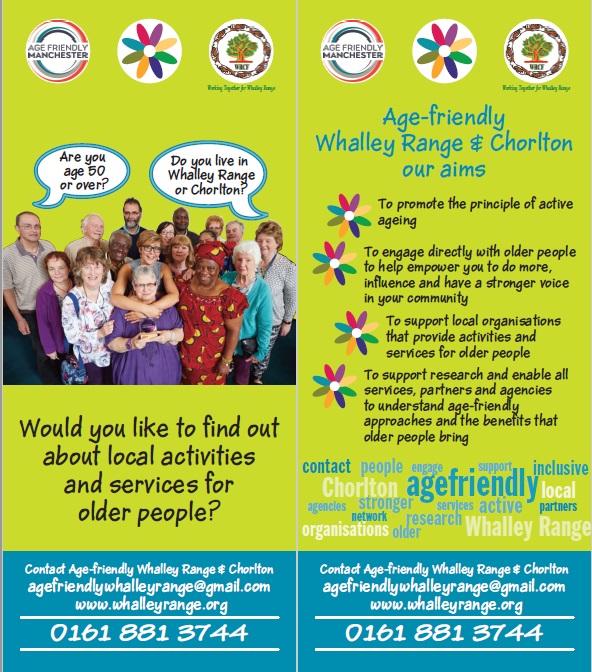MA DESIGN LAB
The Age Friendly City
Introduction
October 2011 saw the launch of a two-year partnership between the MA
Design (Design LAB) programme, based at the Manchester School of Art
Manchester Metropolitan University, and the Valuing Older People Team
VOP) at Public Health Manchester, Manchester City Council.
The aim of the partnership is to develop design ideas and approaches which contribute to the Age Friendly Manchester programme.
The project focuses on students working hands-on in the local community, whilst striving to achieve robust academic standards.
This booklet provides an overview of the initial phases of this partnership
It showcases several projects carried out in Chorlton, Manchester, and sets
out what was done, how, and why.
It documents design challenges and details responses that can be adapted or used by others working in this field
It is written from the perspective of the Design LAB students.
Collaborative, active, material-based design tools are starting to emerge
Direct contact with the community and its environment has been central
throughout. Much of the work has taken place on location. Some instances
have seen the street transformed into the design studio.
Read the full report here:













